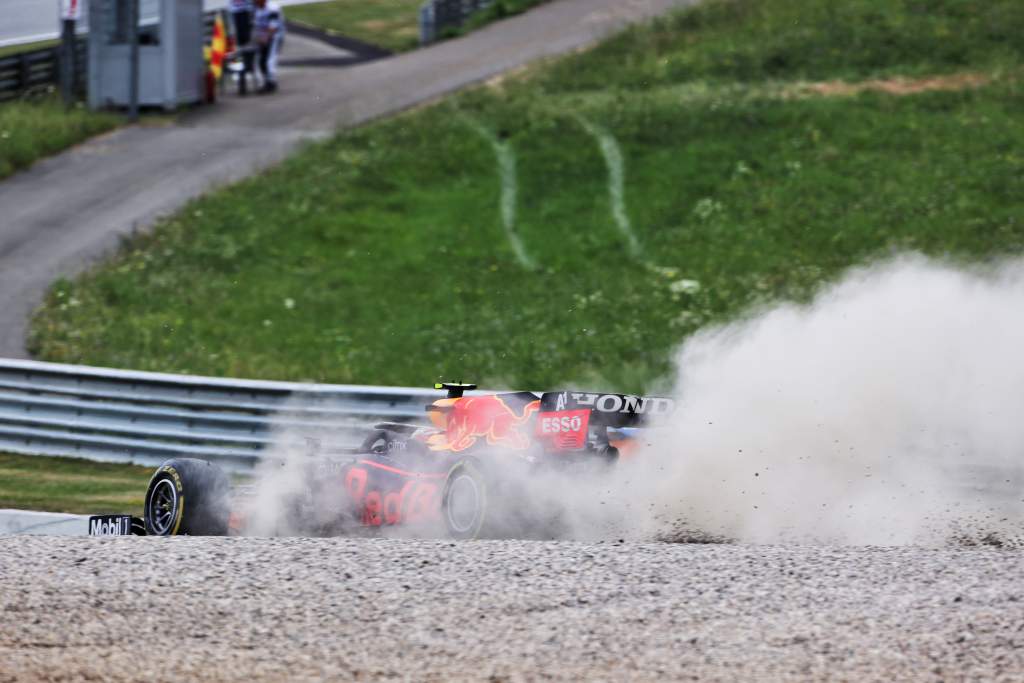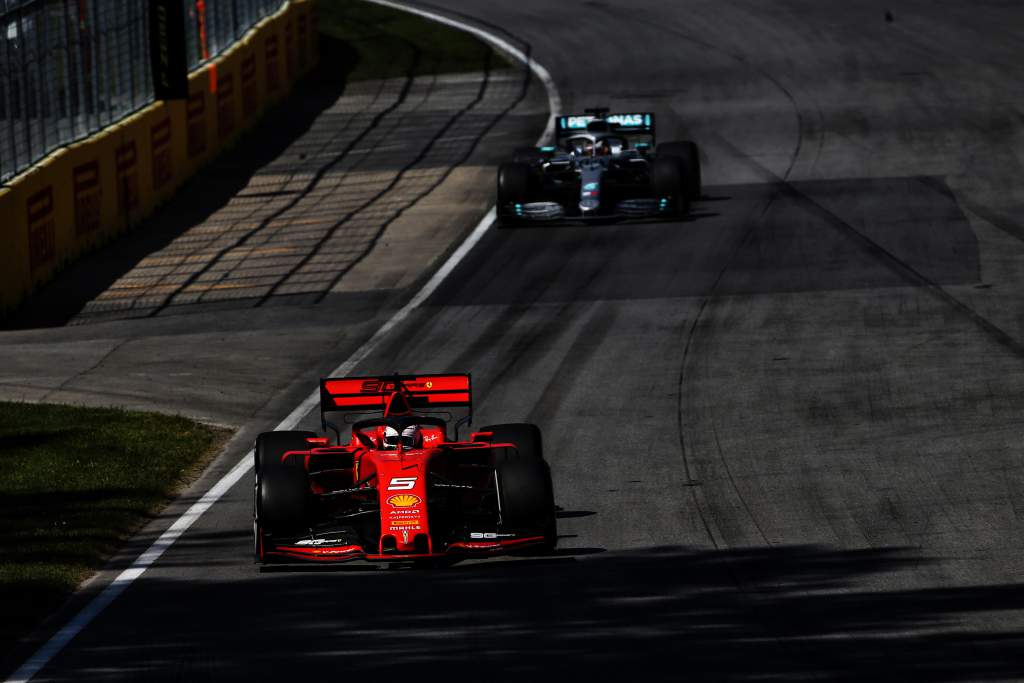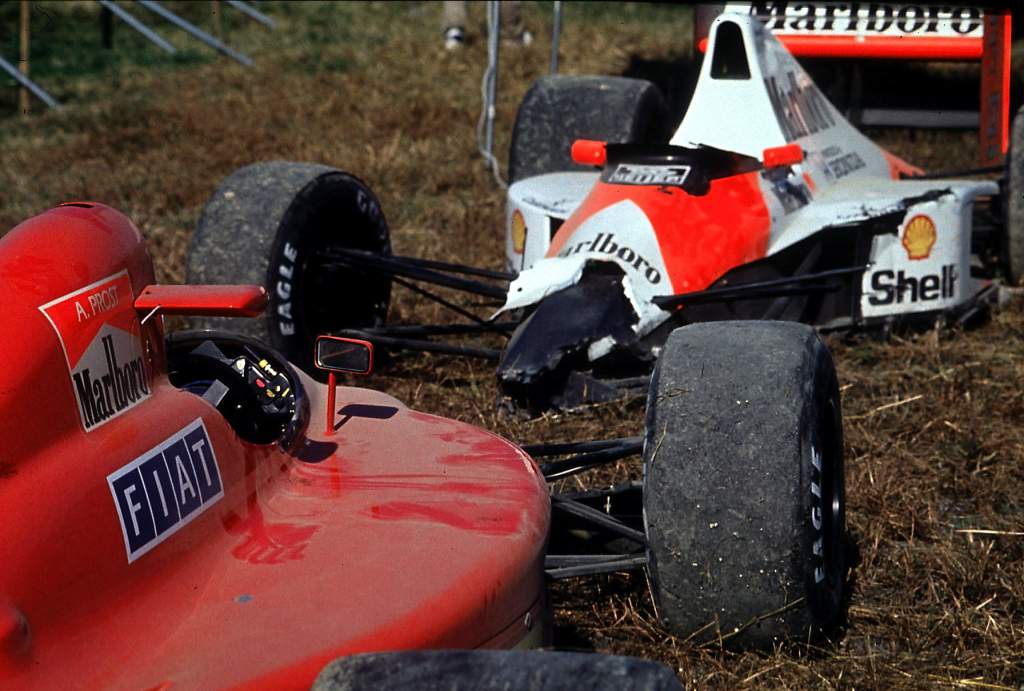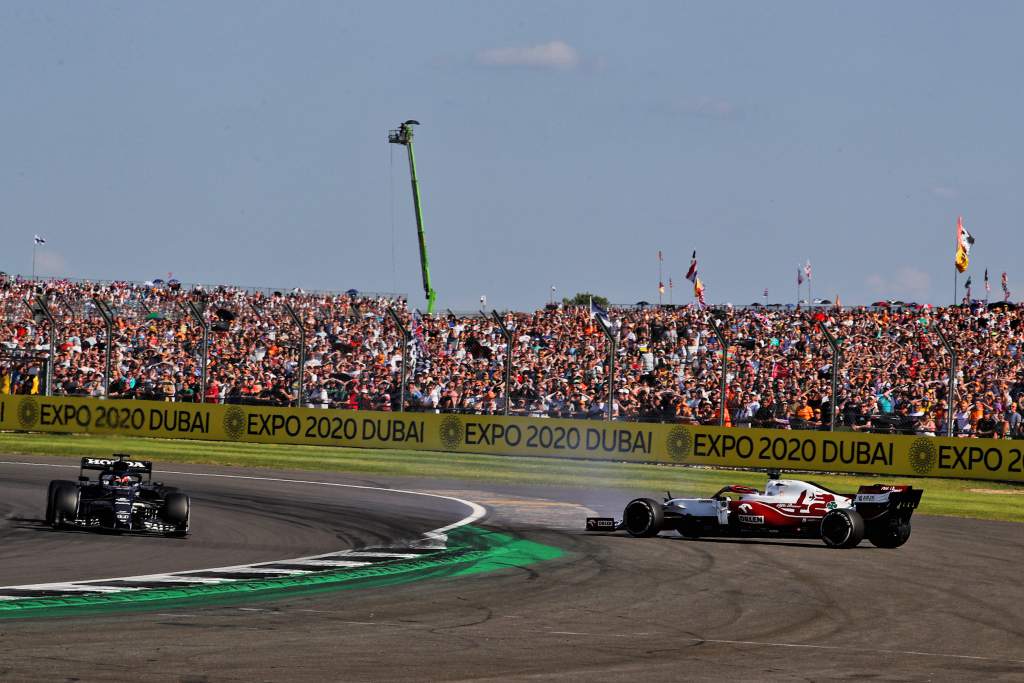Up Next

Given the diverse opinions on the clash between Lewis Hamilton and Max Verstappen in the British Grand Prix, with cogent arguments both for and against the penalty that was issued, it’s clear that Formula 1 stewarding can never be clearcut and satisfy everyone.
When such situations arise, the formulation of emphatic, inviolable regulations and guidelines appeals. The idea that you can lay out a set of simple rules that covers all scenarios is an alluring one, rendering all the debates – both constructive and unconstructive – moot.
As was revealed during the fallout of the collision, guidance has been issued in the past. This has seemingly been on an ad hoc basis rather than as part of a formal structure, as proved by the fact FIA race director Michael Masi denied the existence of the diagrams Mercedes team principal Toto Wolff referred to during the grand prix when asked about it following the race.
As that guidance pre-dated Masi becoming F1 race director, it’s understandable that he didn’t know about it. But it also illustrates why understanding of the approach to penalties seems to vary according to who you talk to among the teams.
That’s not to say the way F1 stewarding is operated is entirely free-form. The stewards have access to the historical data for previous precedents and there is no lack of discussion and preparation, but the regulations as written are perfunctory.
It’s therefore understandable that Mercedes resorted to the guidance to argue its case on race day. The arguments made were coherent, even if you disagree with them, and the same could be said of some of the counter-arguments made elsewhere.
But despite that, the teams’ approaches to the crash aftermath and how they’ve argued their cases are a concerning hint of a possible dangerous future where such incidents are judged only by a series of such checks against diagrams in the rule book.
Dangerous because, while it’s an appealing idea on the surface, it’s one that will cause far more problems than it solves.

The first problem is the philosophical question of where you draw the line. Do you want to be relatively laissez-faire and only penalise the most egregious of offences, or opt for a system that punishes all transgressions no matter how minor?
This describes not just two positions, but a whole spectrum of outlooks and where you place yourself on this spectrum is essential to how you interpret the Hamilton/Verstappen clash. Somewhere in the middle of the two extremities is the tipping point where the opinion switches.
From a more personal perspective, the more laissez-faire approach should produce better racing. Clear offences should be penalised, but a big part of racing has always been the cat and mouse game of risk versus reward and that’s why often when it comes to the big stewarding calls in recent times – Verstappen vs Charles Leclerc in Austria in 2019, Sebastian Vettel’s unsafe rejoin in Canada the same year and the recent Silverstone collision – you can make a case for letting things slide. Provided, of course, things don’t get out of control and these are honest mistakes rather than cases of recklessness. But even deciding on that is divisive.

But exactly where you set the bar doesn’t matter as different people will have different opinions. What matters is that a decision is taken, whether it’s let them race or clamp down, to allow such rules to be generated.
Agreeing to generalised, hypothetical guidelines is straightforward enough because the general principles are easy to agree on. But the problems arise when they are applied to real-world situations.
A diagram is ordered, contrived and easy to frame. But reality tends to be more chaotic, dynamic and the enemy of absolutism. Racing incidents are not simple line calls, they involve at least two moving objects that are also subject to the laws of physics. While it is possible to formulate general principles in this way, they can never be absolute and the sole arbiter of penalties.
Even ostensibly similar situations will have subtle differences and no matter where you try to draw the line, there will be cases that are on the edge. What’s more, creating effectively a series of check boxes to determine the legitimacy of a pass leads to two problems.
The first is that it hardly makes for good racing. For that to happen there has to be a grey area in the middle where risks can be taken. These should be controlled risks, and certainly there is a big difference between the Hamilton/Verstappen collision at Silverstone and the Ayrton Senna/Alain Prost accident at the start of the 1990 Japanese Grand Prix. The latter is clearly the wrong side of the line.

Verstappen has pulled off some great overtaking moves by daring the opposition either to back out or tough it out, and there’s nothing wrong with that. Usually there’s some give and take, but sometimes the immovable force will meet the irresistible object.
The second is that reducing things to a simple set of geometries that have to apply to all corners and situations will unavoidably lead to people gaming the system and arguments with the stewards reduced more to technicalities than real racing logic. Arguments of ‘car x was here while car y was there’ ignoring factors like relative speed, conditions, tyre status and myriad other factors that shape such clashes.
In such a situation, perhaps Red Bull’s absurd attempt to prove that Hamilton’s pass on Verstappen by getting Alex Albon to replicate his line through Copse could become a regular sideshow if there’s a need to hit certain designated parts of asphalt of such an over-regulated pass? It would be good news for the average F1 test driver, who doesn’t get too much time in the car these days, but bad for everyone else. It would make a mockery of what wheel-to-wheel racing is.
That’s why overtaking cannot, indeed must not become an exercise in ticking boxes to satisfy the paperwork. There are certainly valid ways to improve the way such incidents are adjudicated, and a permanent panel is an appealing option, but over-legislating will leave insufficient room for the interpretation necessary in such a dynamic situation.
It could potentially even lead to more collisions with drivers, confident of being on firm ground, less willing to be on the give side of the necessary give and take.

Inevitably, some will disagree with the verdicts but in this increasingly polarised world, it’s perhaps worth remembering that sometimes there can be strong cases made on both sides. But stewards cannot equivocate and must choose one side of the line or the other – that’s a necessary evil.
Creating endless ‘paperwork’ saying what is and isn’t acceptable would only turn a situation that leaves some people unsatisfied some of the time into one that will leave many more unhappy most of the time.






